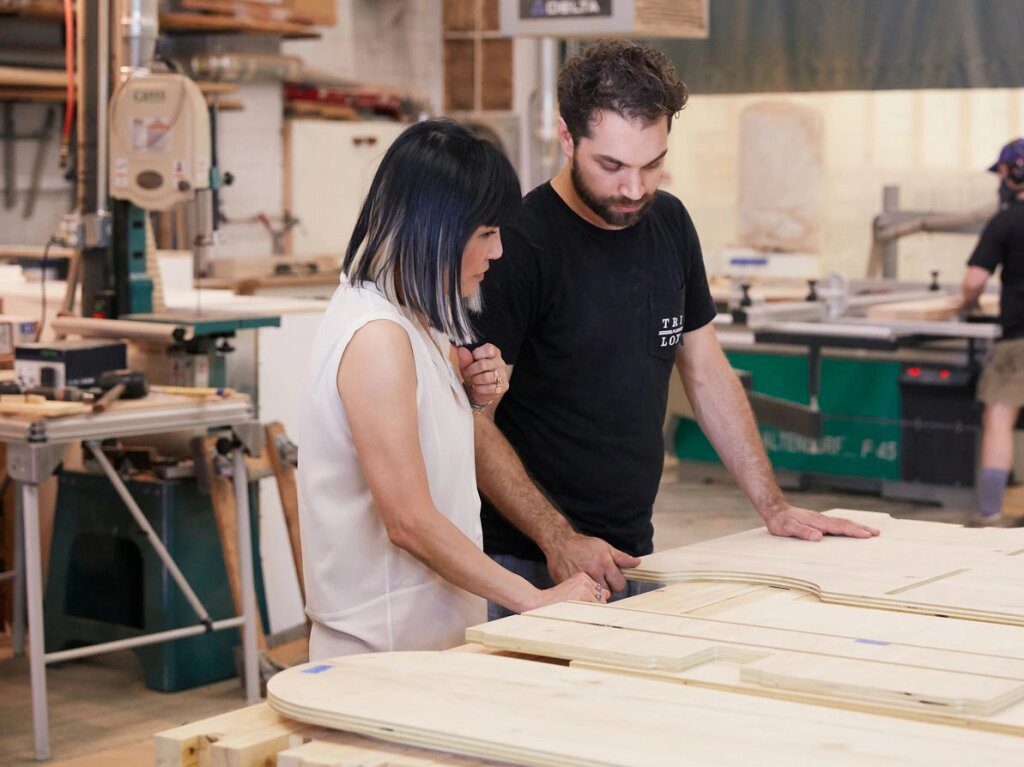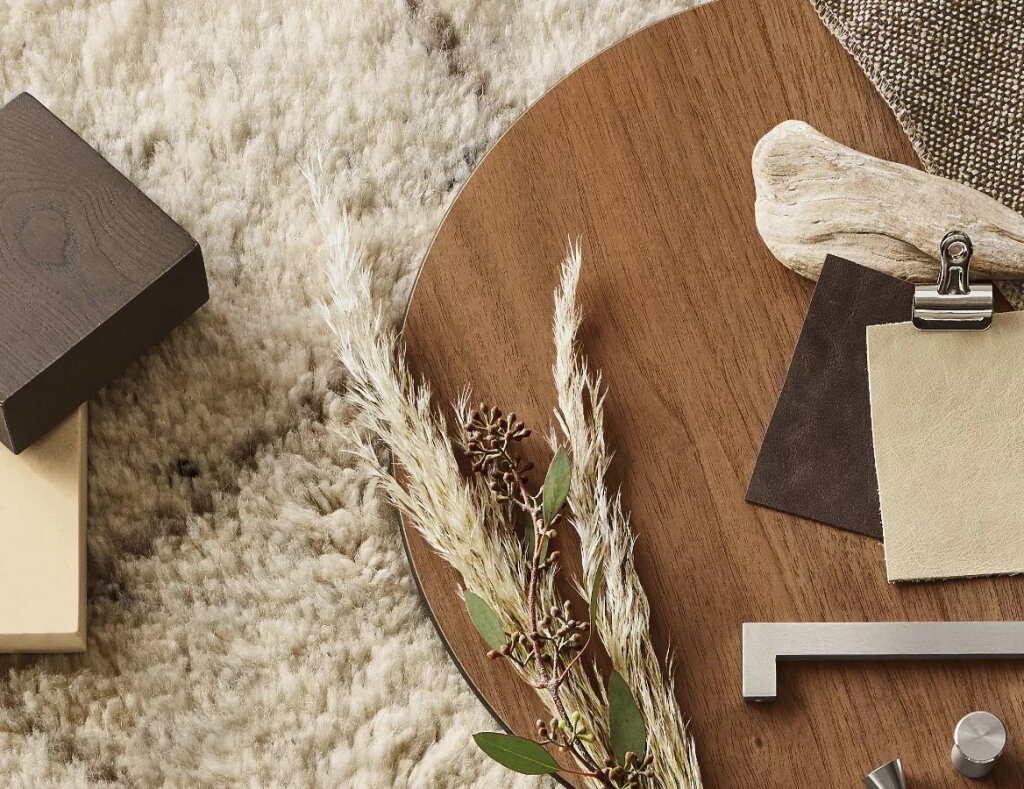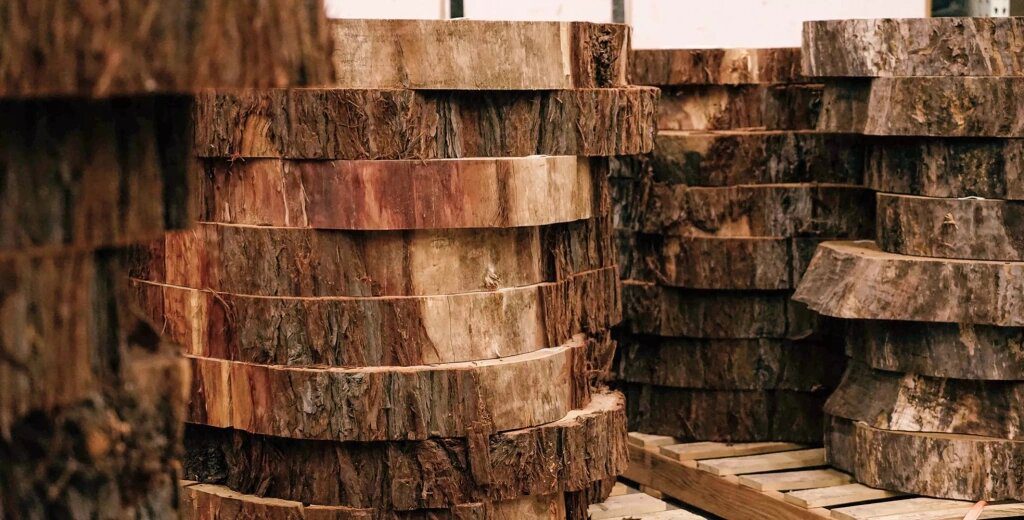With more than 17,000 dotting the skyline, water towers in New York City are an iconic part of the cityscape. But each one lasts only a few decades before the wood used to construct the large tanks begins to rot.
In the past, tons and tons of hardwood ended up in landfills, deemed unusable. But Minneapolis-based Room & Board is changing the future of sustainable furniture. It’s selling products made from reclaimed lumber from the Big Apple’s — and other cities’ — discarded water towers.
The company teamed up with the sustainable Brooklyn company Tri-Lox to design and create these structures as a part of the Urban Wood Project. The ultimate goal is to cut back on sourcing timber from overseas tropical forests and tap into the tons of old-school, quality material being thrown away as structures are demolished.

Room & Board uses thousands of pounds of reclaimed wood from water towers, homes, and other structures slated for demolition.
Lumber from decaying urban trees in New York City Parks and Prospect Park-adjacent Green-Wood Cemetery is added to the mix to form the raw material building blocks for simple, beautiful sustainably-sourced furniture. The company also collects discarded wood from Detroit, Minneapolis, Sacramento, CA, and Anaheim, CA.
“This beautiful wood is being reused and reclaimed and being turned into heirloom furniture,” said Emily McGarvey, Room & Board’s director of sustainability. “It’s awesome if we can use wood that’s already coming down versus cutting down virgin trees.”
Reclaimed wood by nature is sustainable. Rather than taking it to a landfill, where the carbon dioxide (CO2) it captured would be released back into the atmosphere, using reclaimed timber to make a piece of furniture means the CO2 stays in it. In fact, the lumber in 100 reclaimed coffee tables sequesters 13 metric tons of CO2.

“Taking wood out of the waste stream and turning it into furniture helps store the carbon, which positively impacts the environment,” said Gene Wilson, Room & Board’s vice president of merchandising and vendor management.
The concept began in 2018, when the U.S. Department of Agriculture connected Room & Board with Humanin, a social services company, to help make improvements in Baltimore.
That project yielded a wealth of old home materials, such as marble, wood, and bricks, which were then turned into new objects.
The process was an immediate hit, and Room & Board has continued to expand the effort. The hope is that up to 1,000 trees will be reused by 2025, which can store up to 530 metric tons of carbon.
“The volume isn’t insignificant, but it is a small percentage of what we’re doing,” said Wilson.

Room & Board hopes to ultimately integrate sustainable, reclaimed timber into all of its product lines, making it the first company to source urban wood at scale. With a company goal to create beautiful, heirloom-quality furniture out of the material, the company is doing its part to make the furniture business a sustainable, circular industry with an eye on a healthy future for forests and cities from coast to coast. It’s an untapped industry with unlimited supply and potential.
“We continue to learn how to maximize the reclaimed wood we use,” said Jenon Bailie, merchandising and design director at Room & Board. “The goal is to create more efficiency in the process and develop reliable sources of dimensional lumber so we can use it in even more pieces.”





